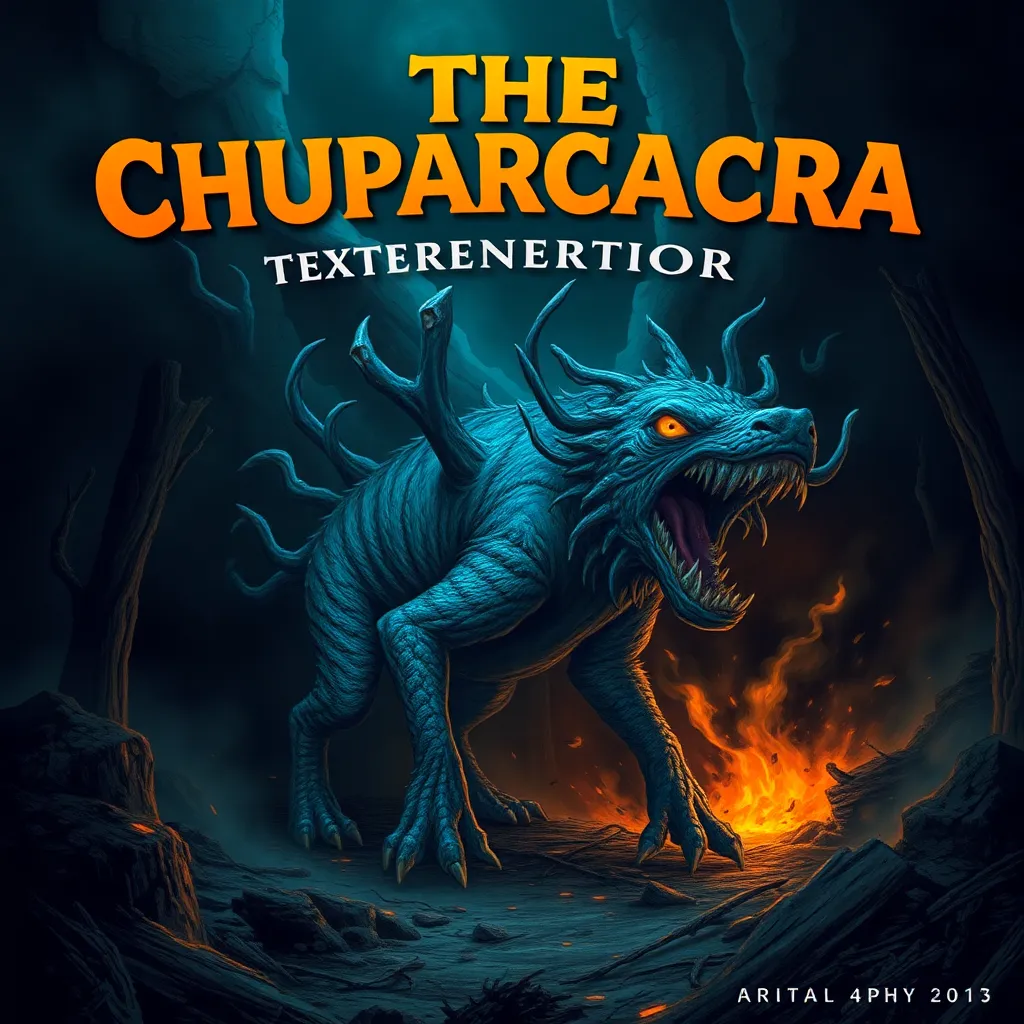The Giant of the Amazon: A South American Legend of the Curupira
I. Introduction to the Curupira
The Curupira is one of the most fascinating and enigmatic figures in South American folklore. Often depicted as a mischievous guardian of the forest, he serves as a protector of the Amazon rainforest and its inhabitants. The Curupira holds a significant place in the cultural narratives of various indigenous tribes, symbolizing the deep connection between the people and the environment. The Amazon rainforest, with its rich biodiversity and mystique, is considered the natural habitat of the Curupira, where he roams to safeguard the land against those who would harm it.
II. Origins and Historical Background
Early accounts of the Curupira can be traced back to the indigenous tribes of Brazil, where his legend has evolved over centuries. Various tribes, including the Tupi and Guarani, contributed to the lore surrounding this legendary figure. The Curupira’s characteristics and stories differ among tribes, showcasing the rich tapestry of cultural influences that have shaped his legend.
The evolution of the Curupira’s mythos reflects the changing relationship between indigenous peoples and the Amazon rainforest. As societies evolved, so too did the stories of the Curupira, adapting to new challenges and concerns regarding environmental preservation.
III. Physical Description of the Curupira
Traditionally, the Curupira is depicted as a small, humanoid figure with striking features. He is often characterized by:
- Bright red hair, which symbolizes the fiery spirit of the forest.
- Backward-facing feet, a unique trait that confounds those who pursue him, leading them in circles and away from their intended paths.
The symbolism behind the Curupira’s appearance is profound. His red hair can be seen as a representation of both the beauty and danger of the forest, while his backward feet serve as a reminder that nature often operates outside the bounds of human understanding. Together, these traits emphasize the Curupira’s role as a trickster and protector.
IV. Role and Attributes in the Ecosystem
As a guardian of the forest, the Curupira plays a crucial role in maintaining ecological balance. He is believed to protect the animals and plants of the Amazon, punishing those who exploit the resources without respect. The Curupira embodies the principles of sustainability and conservation, teaching that nature must be revered and respected.
Additionally, the Curupira’s interactions with other mythical creatures in Amazonian lore create a rich narrative ecosystem. He is often depicted alongside beings such as the Boto (a river dolphin) and the Saci (a one-legged trickster), each contributing to the environmental teachings embedded in their stories.
V. Tales and Anecdotes Surrounding the Curupira
Numerous tales about the Curupira have been passed down through generations, each illustrating his characteristics and the morals of the stories. Some popular stories include:
- A tale of travelers who, intent on hunting in the forest, find themselves led astray by the Curupira’s backward footsteps, ultimately learning to respect the forest’s inhabitants.
- A narrative where the Curupira intervenes to save an endangered species, teaching the importance of balance in the ecosystem.
These stories carry valuable lessons, often emphasizing themes of respect for nature, the consequences of greed, and the importance of community in protecting the environment. The impact of the Curupira’s tales resonates deeply within local communities, reinforcing their beliefs about nature and its guardians.
VI. Cultural Significance and Modern Interpretations
The Curupira has transcended traditional folklore and is now a prominent figure in contemporary art and literature. Artists and writers draw inspiration from his legend to explore themes of environmentalism and cultural identity.
In popular culture, the Curupira has appeared in various forms of media, from children’s books to films, captivating audiences with his mystique. His character often serves as a symbol of environmental advocacy, urging society to recognize the importance of preserving the Amazon rainforest and its inhabitants.
VII. Comparative Analysis with Other Mythical Beings
When compared to other mythical beings in South American folklore, the Curupira shares both similarities and differences with figures such as the Boto and Saci. While all these beings serve as protectors of nature, their attributes and roles vary:
- The Curupira and the Boto both symbolize the importance of water and forest ecosystems, but the Boto is more associated with river protection.
- The Saci, a trickster figure, often represents chaos and playfulness, contrasting with the Curupira’s more serious role as a guardian.
This comparison highlights how these legends reflect the cultural values of their societies, particularly regarding environmental concerns and the interconnectedness of life in the Amazon.
VIII. Conclusion: The Enduring Legacy of the Curupira
The Curupira remains a significant figure in folklore, representing the deep ties between indigenous cultures and the Amazon rainforest. His stories serve as powerful reminders of the importance of respecting nature and maintaining ecological balance.
As modern society faces unprecedented environmental challenges, preserving legends like that of the Curupira becomes crucial. They not only enrich our cultural heritage but also inspire action towards conservation and sustainability.
In conclusion, understanding and sharing the stories of the Curupira can foster greater awareness and appreciation for the Amazon rainforest. It is a call to action for individuals and communities to engage in preserving this vital ecosystem, ensuring that legends like the Curupira continue to thrive for generations to come.



